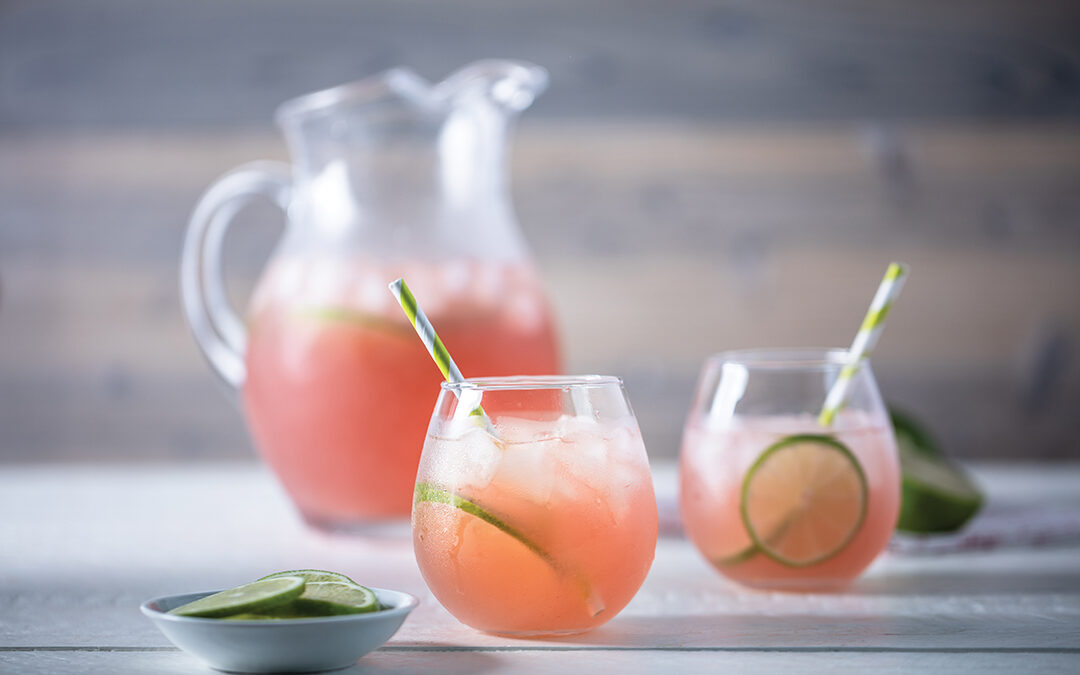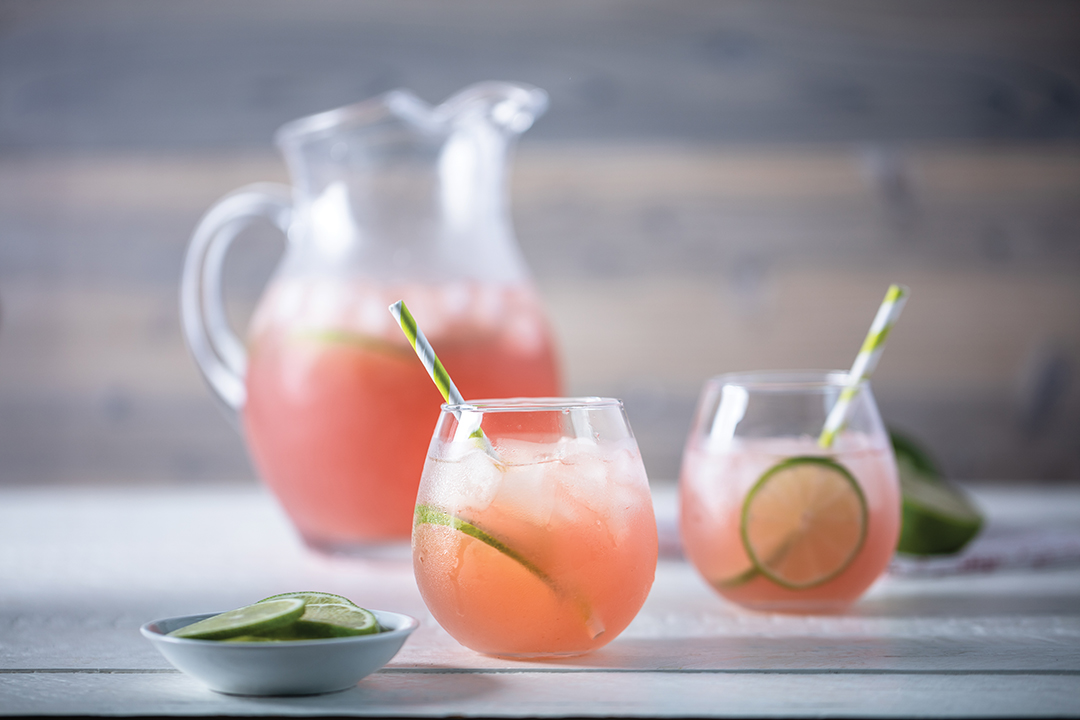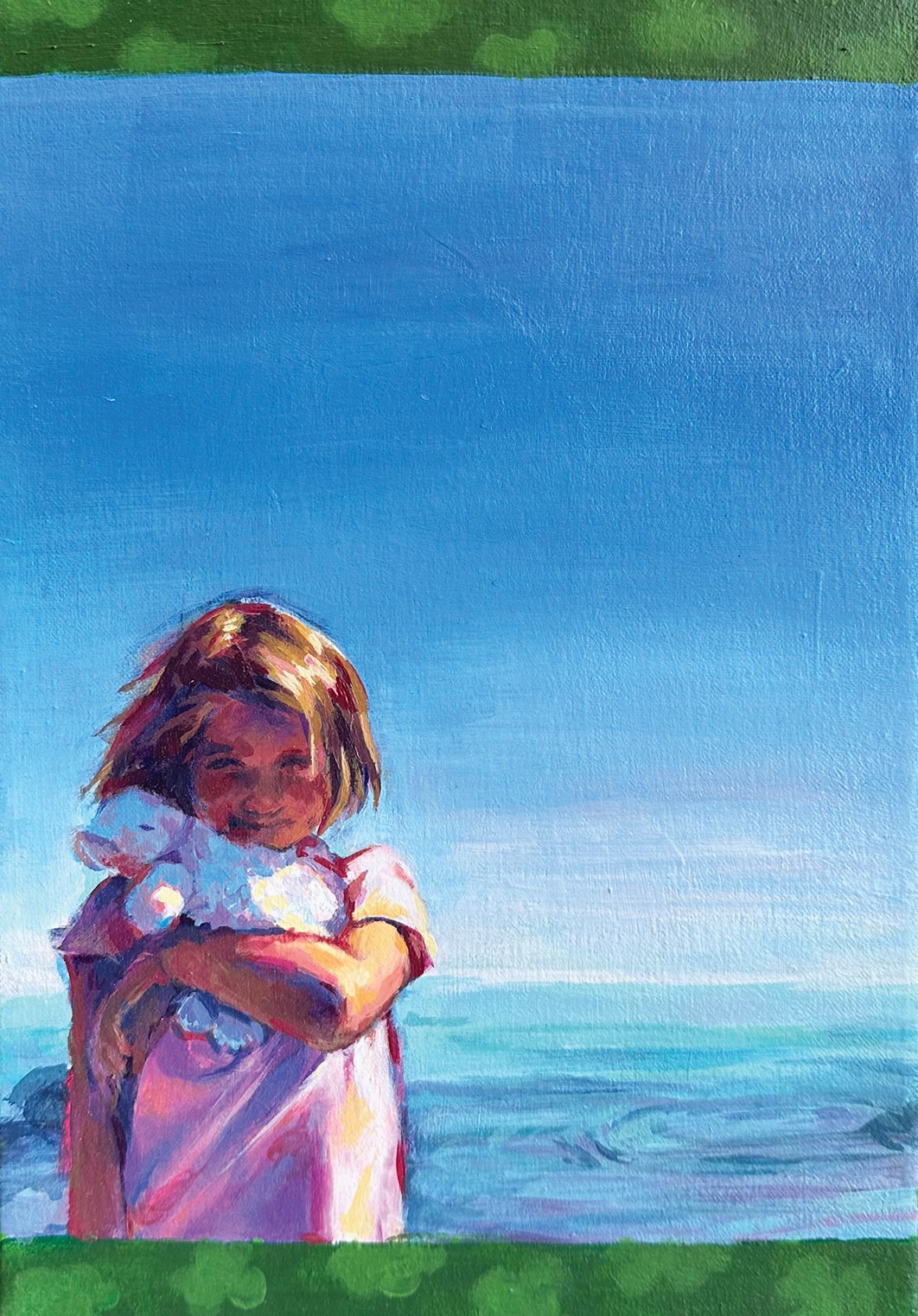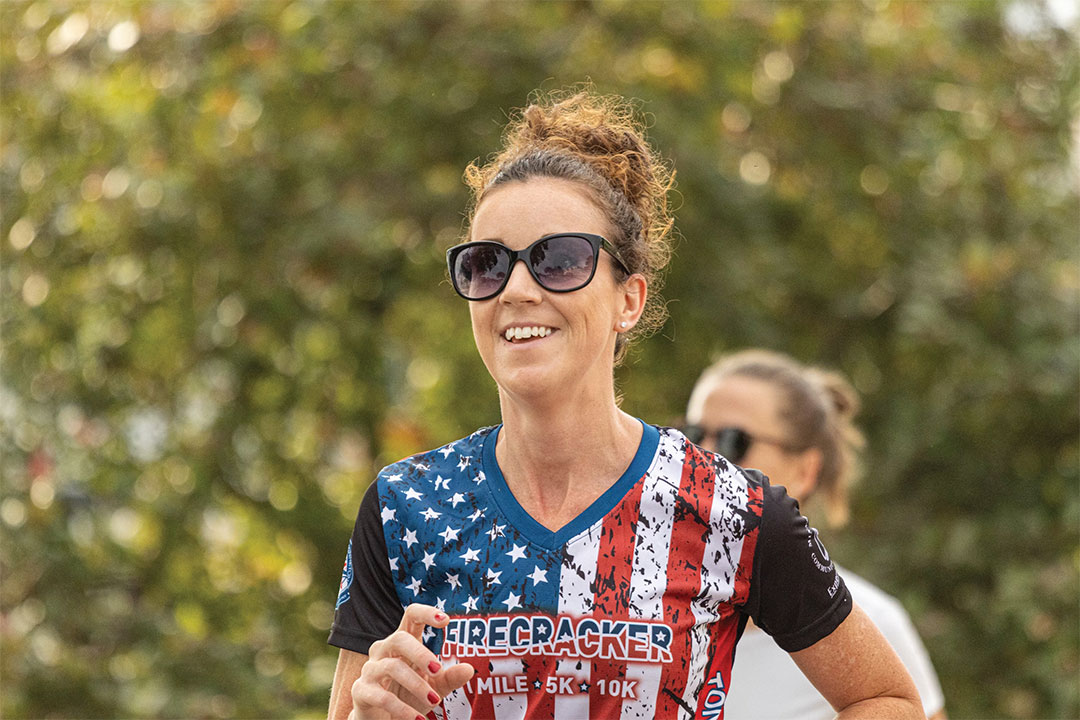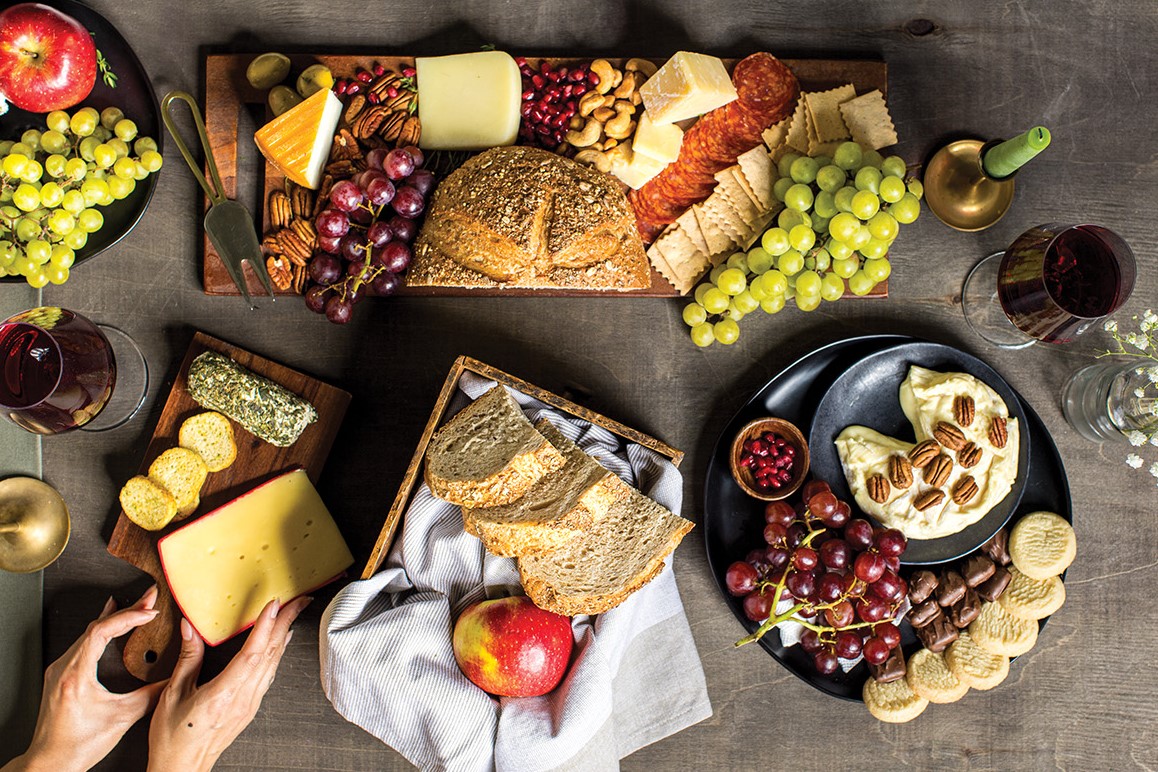
Photos: Chris Emeott
Cheesemonger offers details for serving an additional dinner course.
Must we be intimidated by serving cheese at dinner? Some home cooks might experience a twitch of apprehension when the word cheese is followed by course. Formal dinners need only apply. (False) Elevated cuisine must proceed or follow it. (Untrue)
Let’s turn those outdated notions on their collective heads, especially when we have Gabby Lasersmith, certified cheese professional with Edina’s Lunds & Byerlys, providing her insight on serving a cheese course—regardless of the occasion, regardless of the rest of the menu.
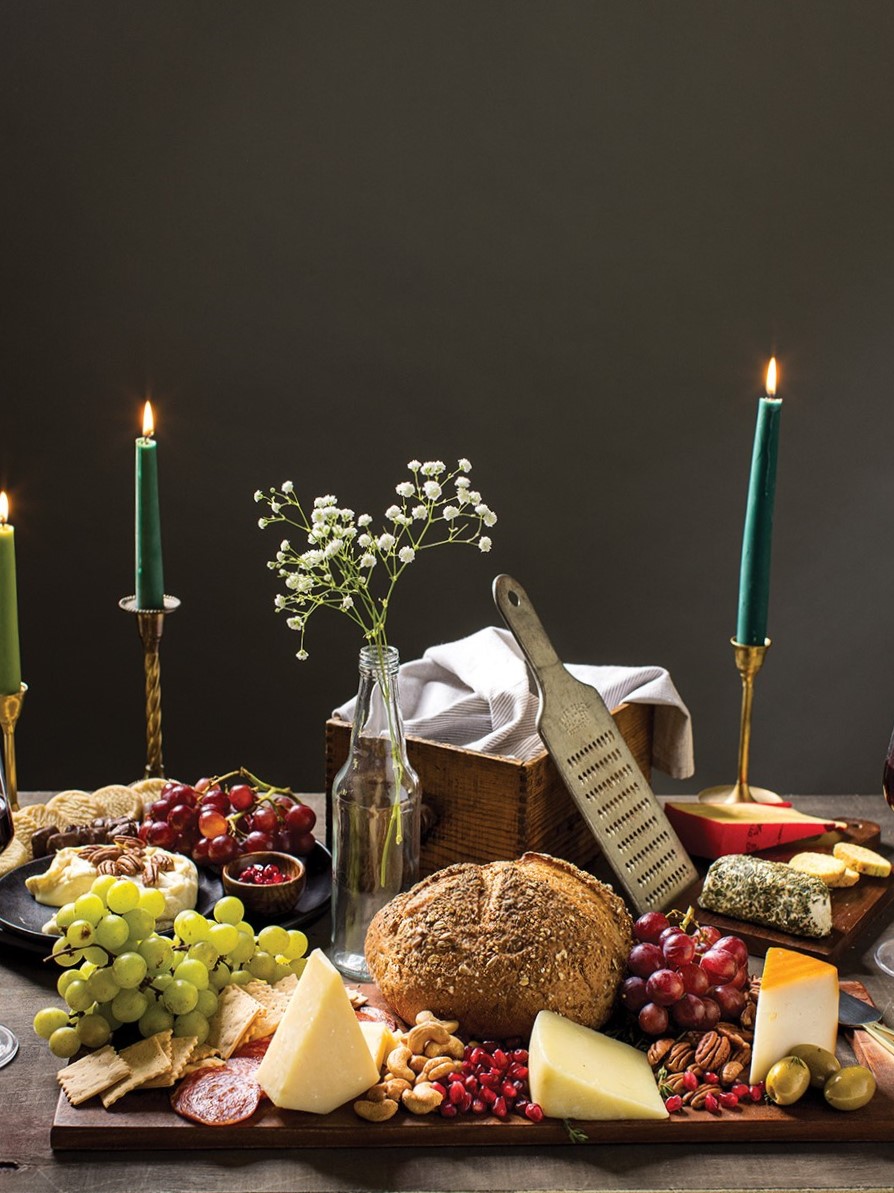
Slow down the dining experience, and provide guests a chance to savor the flavor of cheese away from the hors d’oeuvres table. As home cooks menu plan for Thanksgiving, should a cheese course be invited? “Although cheese isn’t the first thing you think of when you hear Thanksgiving, it is a holiday that revolves around gathering at the table with family and friends, which is what cheese courses are all about,” Lasersmith says.
A cheese course is traditionally served after the main course or before dessert and includes two to five cheese varieties on a plate (one slice of each), accompanied by crusty bread or other offerings, according to Lasersmith. “Depending on the circumstances, a guest can choose which cheeses they would like, or the chef/host carefully chooses which cheeses to serve,” she says.

“Some cheese courses are served with a bright salad or fresh fruit as a way to cut through the richness of the cheeses and cleanse the palate,” Lasersmith says. She also notes that wine is often served; the most common being port. “Accoutrements like honey, confits and jams are sometimes served with specific types of cheeses,” she says.
While any type of cheese is fair game for a cheese course, it could be tempting to include too many options. “… it’s important to provide a variety of textures and flavors that stand apart from, yet complement, one another,” Lasersmith says. “It’s traditional to serve one cheese each of a different milk type: cow, goat and sheep. Today, this doesn’t have to be the case. One rule to follow, however, is having at least one soft cheese and one hard cheese.”
Consider serving cheeses that pair well together. She recommends: Camembert, Comté and Ossau-Iraty; a soft-ripened triple crème, a sharp cheddar and a tangy blue; and an herbed chèvre, a young Manchego and an aged Gouda.
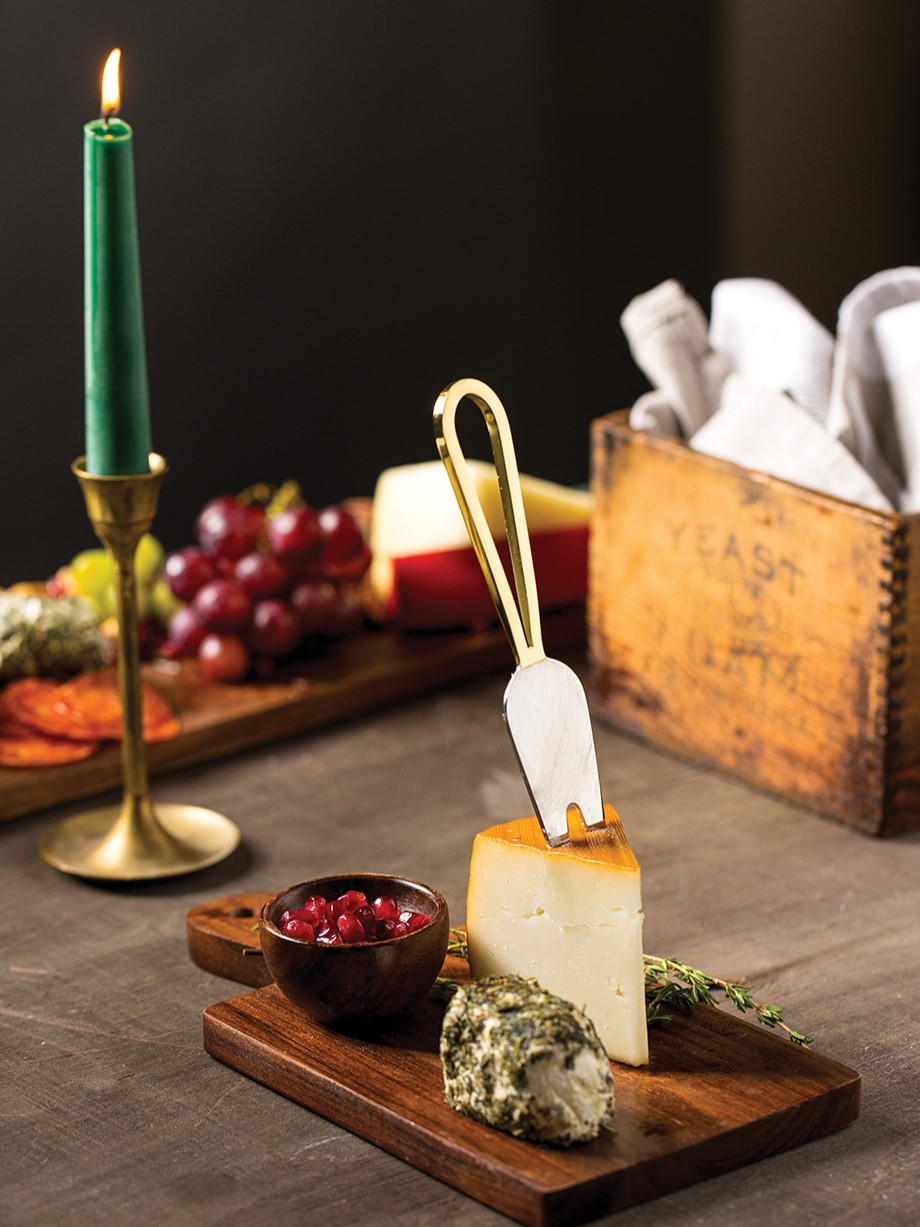
“One rule to follow, however, is having at least one soft cheese and one hard cheese.” Gabby Lasersmith
Food presentation is important to the experience, and a single platter or just individual plates can be used. (If using a platter, single-serve dishes are still needed.) “The dynamic of the group of people and the type of event should determine which way to present the cheese,” she says. “For instance, at a table of family or friends, a single platter would be a fun way to go, but at a less intimate event, individual plates could eliminate potential awkwardness between guests.” Regardless of what serveware is used, arrange the cheese in the order that it should be eaten—mild to strong.
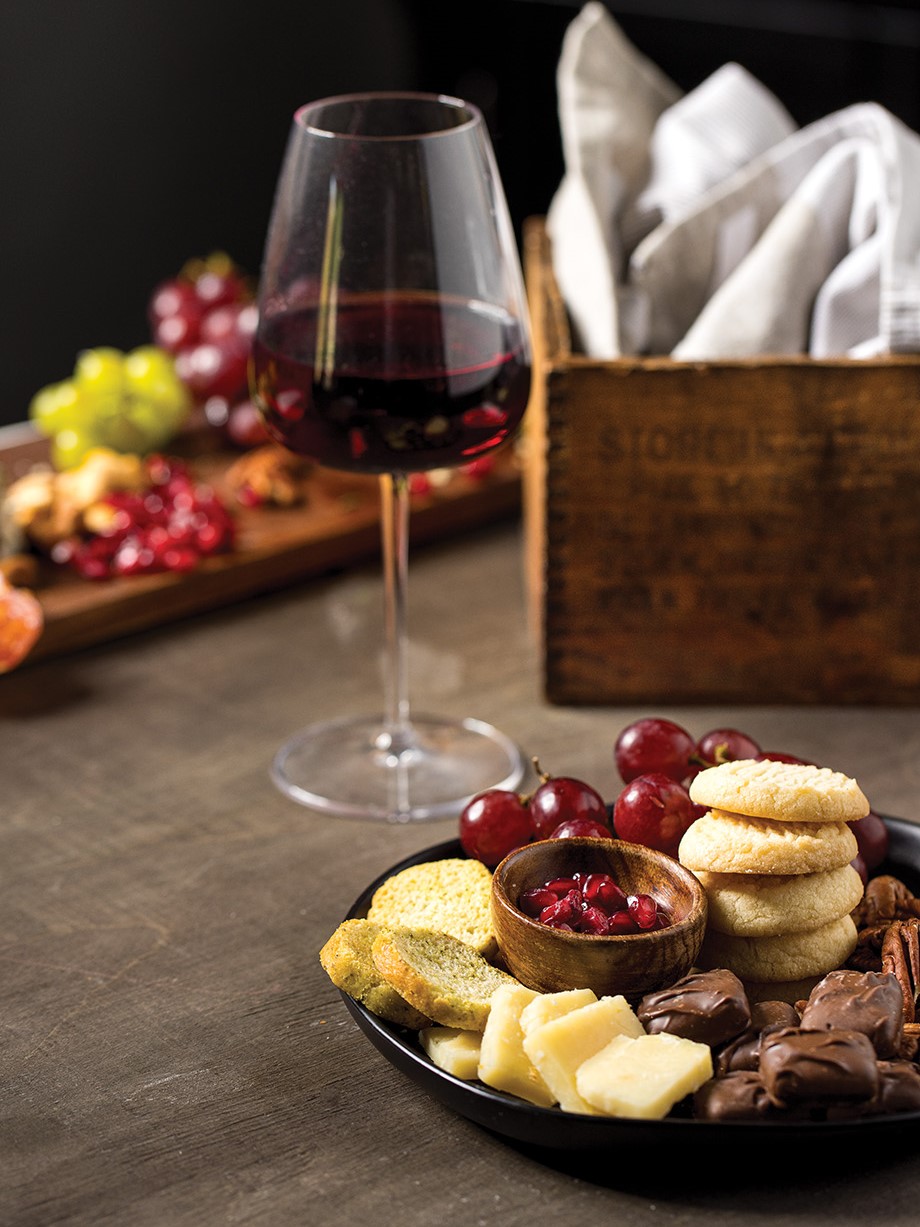
“Buttery bries, tangy chèvres, aged Goudas, nutty cheddars and even blues make perfect pairings with classic dessert items, such as chocolate, fruit fillings, honey, candied nuts, cookies and pastries.” Gabby Lasersmith
On the subject of utensils, there is some leeway. Lasersmith says only a fork and a knife are necessary for eating, but a cheese knife set for cutting and serving is useful. “If you do not have a cheese knife set, that’s perfectly OK,” she says, noting that a sharp kitchen knife will do the job. A cheese fork has two sharp metal prongs with a short handle and can be helpful for serving.
“Cheese courses may seem fancy to us, but cheese courses are actually a very common part of everyday dinners in places like France and Italy,” Lasersmith says. “So, I would encourage more casual cheese courses to share after dinner. It’s a fun way to explore different flavors and combinations or to just bond over some delicious cheese.”
Lunds & Byerlys
Lunds & Byerlys has locations throughout the Metro.
Facebook: Lunds & Byerlys
Instagram: @lundsandbyerlys
Pinterest: Lunds & Byerlys
X: @LundsandByerlys
Candles contributed by Wacks Company
Instagram: @wacks_co


